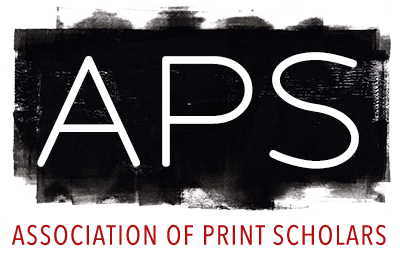High Museum of Art,
Atlanta,
GA, United States.
12/03/2021 -
03/27/2022.
Since his groundbreaking solo show at the High Museum of Art in 2012, acclaimed artist KAWS has taken the world by storm with major exhibitions across the United States, Europe, Australia, Asia, and the Middle East. Meanwhile, his monumental sculptural installations, augmented reality sculpture, design collaborations, toys, editioned objects, and related works have seized the attention of a massive and diverse audience. Drawing exclusively from the High’s collection, KAWS PRINTS features all of the artist’s editioned silkscreen prints in the Museum’s collection along with a selection of drawings, color charts, and rare early prints from the artist’s studio.
KAWS made his first screenprints in the late 1990s and has since continued to maintain a printmaking practice alongside his production of paintings, sculpture, and editioned objects (both real and virtual). Through the syntax of silkscreen printing established by such preeminent and illustrious forebears as Keith Haring, Roy Lichtenstein, and Andy Warhol, which obscured distinctions between high and low art forms, KAWS brings into conflict and accord the worlds of fine art, industrial design, technology, and popular culture. KAWS PRINTS is the first comprehensive exhibition featuring KAWS’s entire output of editioned prints spanning more than twenty years.
About KAWS
Born in 1974 in Jersey City, New Jersey, Brooklyn-based KAWS engages audiences far beyond the museums and galleries in which he regularly presents his work. KAWS gained a reputation in his youth as a graffiti artist. In 1996, he graduated from the School of Visual Arts (SVA) in New York with a degree in illustration and design. Since then, he has produced a body of influential work that straddles the worlds of art and design to include paintings, murals, large-scale sculptures, street art, and graphic and production design. In addition to his traditional studio practice, KAWS also engages audiences through collaborations with global brands. He often draws inspiration from pop culture imagery, such as cartoon characters, to form a unique artistic vocabulary for his works across various media.
